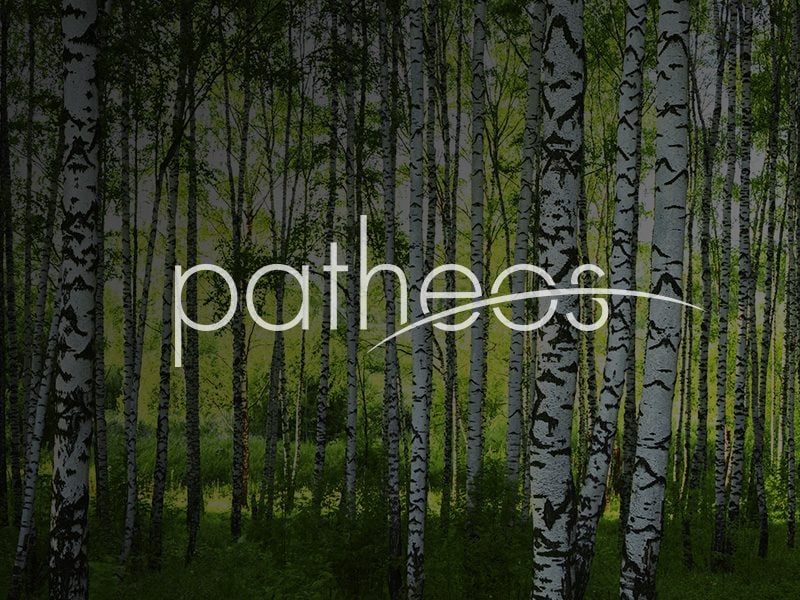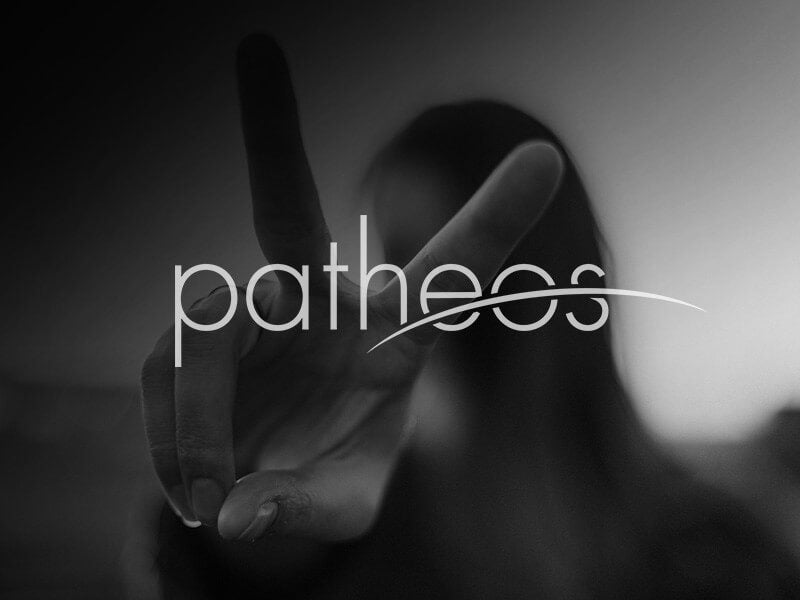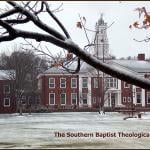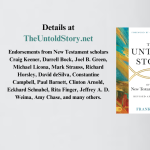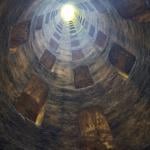A common notion in studies of Christianity and the arts is “the sacramental imagination.” It goes like this: Christians with a high view of the sacraments believe that spiritual realities are mediated by means of physical things. Christian artists with those beliefs, therefore, can easily employ images derived from the material world in order to communicate their faith. This is also why so many Christian artists are Roman Catholics, a church whose sacramental theology encourages this kind of imagination.
That may be. But it occurred to me–while contemplating that “Luther and the Body” article I blogged about earlier in the course of this road trip that I’m still on (driving long hours giving time for just thinking)–that Lutheran sacramental theology offers a basis for this sacramental imagination more than Roman Catholicism does.
The Lutheran doctrine of the Real Presence, though, teaches that the bread and the wine, in their physicality, are still present, as is the actual Body and Blood of Christ. (Again, don’t call this “consubstantiation,” which is the Roman Catholic attempt to explain this teaching in terms of their own “substance” and “accidents” distinction that Lutheranism rejects.)
The mode of Christ’s presence is explained not in terms of different “substances” but in terms of “the ubiquity of Christ.” That is, just as God is omnipresent without displacing the existence of other objects, Christ, because of His personal union of the divine and human natures, can be, in His body, present in bread and wine. Not that He is in the Sacrament only in the sense of God being everywhere, but in a unique sacramental union in which He is present specifically through the Word of the Gospel, his body and blood being given and shed “for you.”
Now, this kind of teaching first of all is going to encourage those who believe it to think of God in Christ as being not far above the universe, looking down, as the imagination of many Christians has Him, but, rather, as being very close. God, of course, is both transcendent and immanent, but the latter often gets minimized, which it can’t in Lutheran spirituality.
Furthermore, Lutheran theology also teaches the presence of God in vocation. (It is God who gives us this day our daily bread through the vocation of the farmer and the baker; God milks the cows through the work of the milkmaid; God creates new life by working through mothers and fathers; vocation is a mask of God, etc., etc.) This again encourages people to see the spiritual dimensions of the physical world.
For artists, it means that not only physical images can manifest the spiritual realm, the very act of creating–whether by paint, words, film, or whatever medium one’s vocation involves–manifests not just the presence of God but His activity, that He creates by means of human creation.




